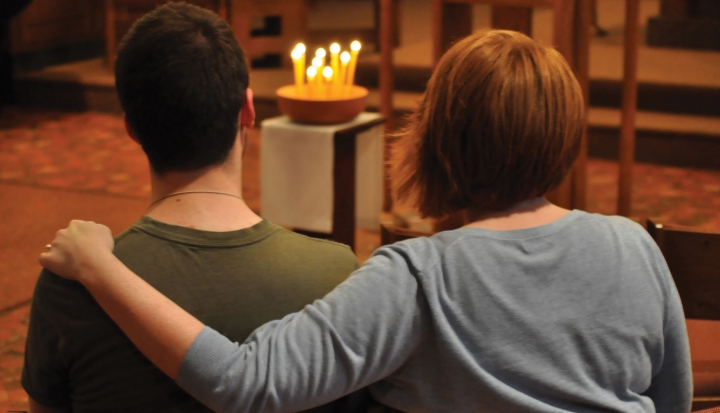Not two minutes after transcribing my last interview for this story, my phone rang. An undergraduate student at St. John’s University, where I work, died suddenly just before Holy Week. I had just spent weeks listening to stories of loss from students and ministry professionals across the country. Now here was death, seeping hurt into my own home. My heavy heart grew heavier. I felt helpless.
Like many in the ministry field, my campus ministry colleagues and I had to quickly consider how to care for the grieving college students. They needed to know the community was there to support them. They needed to tell their stories and express their emotions. They needed to engage God and ask where justice is in the death of a 21-year-old. Their ministers needed that too.
As many do when their own words fall short and their own actions seem trite, we sought care in liturgy. Liturgical worship takes many forms after a death, from candlelit vigils on the lawn to a funeral Mass in the big campus church. The night after the student’s death, my campus ministry team developed a liturgy of the word memorial service (see sidebar). It offered time for scripture, song, and silence. We ended the service by lighting candles in a large bowl of sand to call to mind the light given to our brother in baptism. We didn’t know exactly what to say or do. But we knew enough to take our needs to God in prayer.
Our liturgy didn’t take away the hurt, but it gave us a safe space to hurt. It didn’t bring our dead classmate back to life, but it honored the life he had—and his life to come.













Add comment